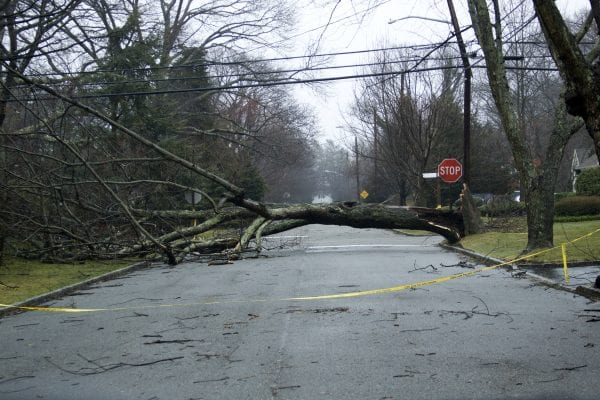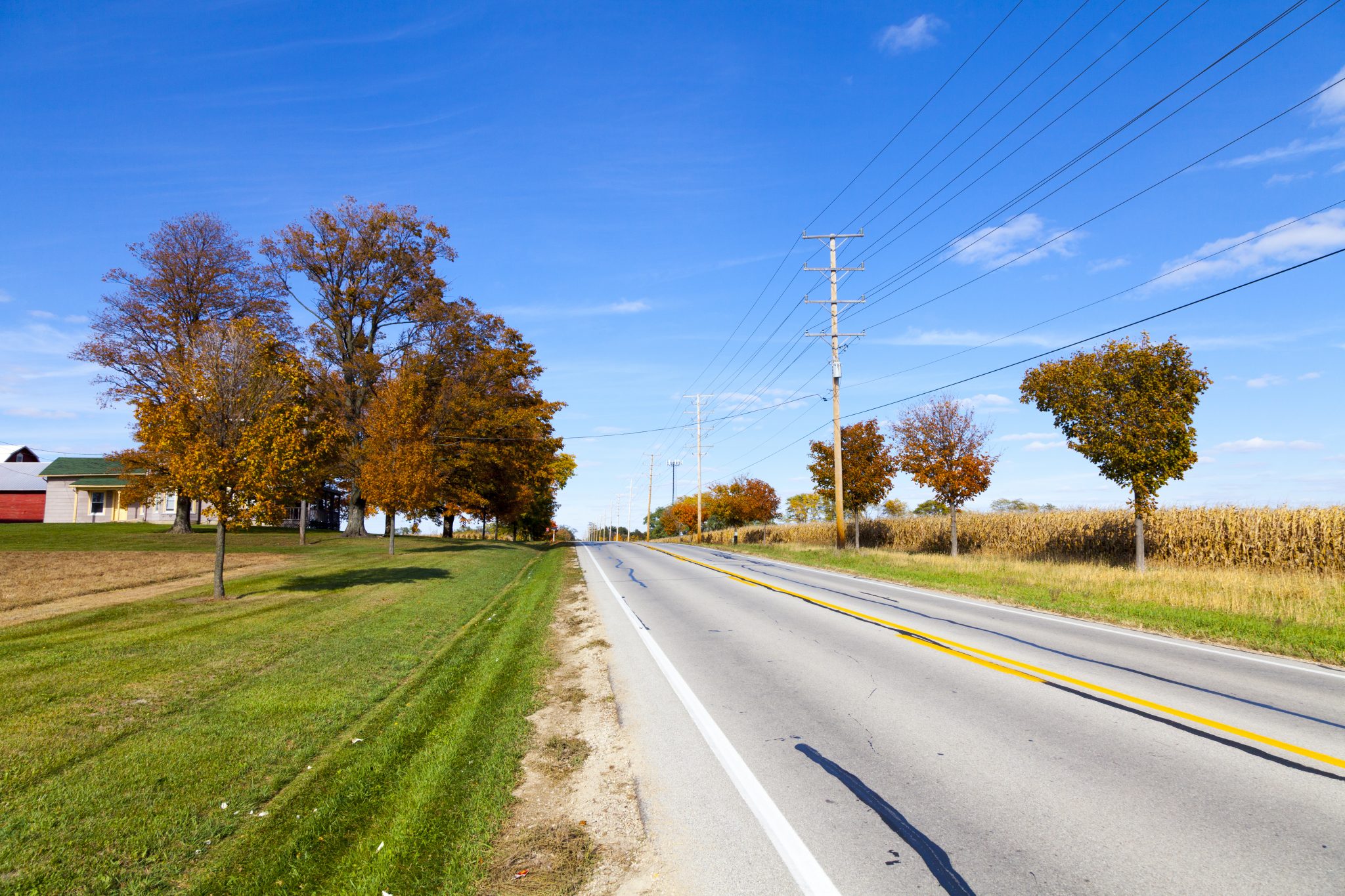Emergency Handbook

The most common reason for storm power outages is a tree falling onto power and communications lines. The utilities do their best to clear the lines of branches to prevent this, but in strong storms, this is not always enough.
After a storm passes and you first go outside, it’s important to be aware of damaged trees in contact with power lines. Follow these safety protocols when approaching storm-damaged trees that may be in contact with power lines or power lines that have fallen due to tree failure.
- Treat all fallen power lines as live. Just because your power is out doesn’t mean the line isn’t energized.
- Never attempt to remove branches or trees from utility lines.
- The higher on the pole the line is, the more powerful that line is. You can also look at the ceramic insulating discs. The utilities use bowl-shaped ceramic discs as insulators between the lines and the poles. More discs equals more power.
- Even television cable and telephone lines are capable of hurting you.
- Before approaching a tree that might be in direct contact with utility wires, examine it from more than one direction. Do not approach or touch the tree if you see contact with lines.

The more powerful the lines the tree is in contact with, the more likely that not just the tree but the ground around it is energized. Avoid trees in contact with any wires.
If someone has been injured or rendered unconscious by contact with a utility line or a tree in contact with a utility line, do not approach that person. Do not touch the person. If the person is energized, you will also be shocked and become a second victim. Always call the emergency authorities to approach someone harmed by electrical lines. In the case of electrical danger, you are more likely to be harmed yourself in the attempt than to rescue the fallen person.
Beau Brodbeck, Regional Extension Agent, Forestry, Wildlife and Natural Resource Management, Auburn University.
Use pesticides only according to the directions on the label. Follow all directions, precautions, and restrictions that are listed. Do not use pesticides on plants that are not listed on the label. Trade and brand names used are given for information purposes only. No guarantee, endorsement, or discrimination among comparable products is intended or implied by the Alabama Cooperative Extension System. This publication is for information purposes only and should not be a substitute for recommendations or treatment by a health care provider.

